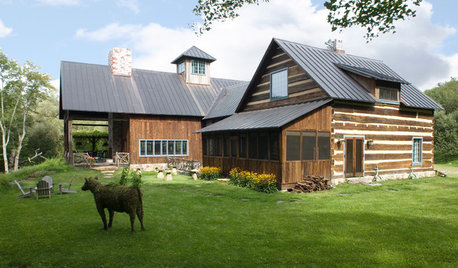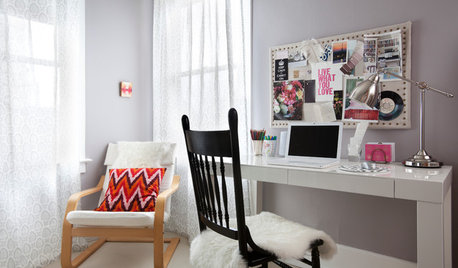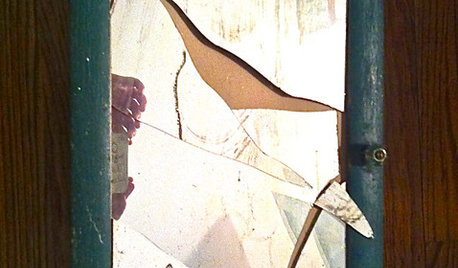Newbie -- Am I doing ok?
geg5150
13 years ago
Related Stories

LIFEThe Polite House: Do I Have to Display Decor Given to Me as a Gift?
Etiquette columnist Lizzie Post tackles the challenge of accepting and displaying home decor gifts from frequent visitors
Full Story
FURNITUREWhy It's OK to Hate Your New Custom Sofa
It takes time to get used to bold new furniture, but dry your tears — the shock can be good for you. Here's what to expect
Full Story
HOUZZ TVHouzz TV: This Maker‘s Home Makes Everything OK
Maker Aleksandra Zee finds inspiration in a common building material and the serenity of home. Watch our latest episode of Houzz TV
Full Story
LIFE7 Things to Do Before You Move Into a New House
Get life in a new house off to a great start with fresh paint and switch plates, new locks, a deep cleaning — and something on those windows
Full Story
WORKING WITH PROS10 Things Decorators Want You to Know About What They Do
They do more than pick pretty colors. Here's what decorators can do for you — and how you can help them
Full Story
ORGANIZINGDo It for the Kids! A Few Routines Help a Home Run More Smoothly
Not a Naturally Organized person? These tips can help you tackle the onslaught of papers, meals, laundry — and even help you find your keys
Full Story
INSIDE HOUZZUsing Houzz: Create a Home To-Do List
See how to use an ideabook to keep track of your home projects this year
Full Story
FUN HOUZZ14 Things You Need to Start Doing Now for Your Spouse’s Sake
You have no idea how annoying your habits at home can be. We’re here to tell you
Full Story
LIFEDo You Believe in Luck Around the House?
Broken mirrors, spilled salt, an unavoidable ladder — superstitions don't seem to affect this homeowner. Knock wood
Full Story






sbryce_gw
marauder01
Related Professionals
Fitchburg Landscape Architects & Landscape Designers · Saint Charles Landscape Architects & Landscape Designers · Wilmington Landscape Contractors · Ashburn Landscape Contractors · Bridgeport Landscape Contractors · Cambridge Landscape Contractors · Darien Landscape Contractors · Mequon Landscape Contractors · Salem Landscape Contractors · The Woodlands Landscape Contractors · Waterford Landscape Contractors · Columbus General Contractors · Jacinto City General Contractors · Modesto General Contractors · Williston General Contractorssusanfromhawaii
geg5150Original Author
SusanfromMontana
susanfromhawaii